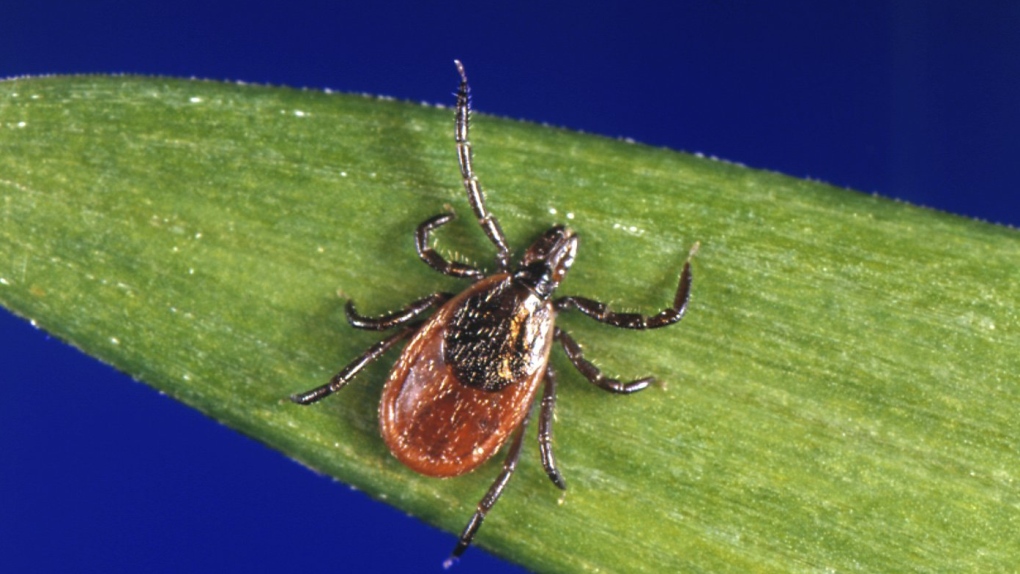Reporting and tracking tick-borne diseases is increasing.
It’s not just Lyme disease that’s a risk.
Ontario’s top doctor expects to see a growing number of cases of three types of tick-borne illness in the province, in addition to Lyme disease – a spread he says is directly linked to climate change. A new regulation that takes effect this weekend requires health-care providers in Ontario to report cases of anaplasmosis, babesiosis and Powassan virus to their local medical officers of health.
These sound grim.
Anaplasmosis is caused by bacteria that gets into a person’s bloodstream through a tick bite. It causes fever and chills, but can also suppress bone marrow and the creation of white and red blood cells, as well as platelets, Moore said. Babesiosis, on the other hand, presents similarly to malaria, he said. Ticks transmit intracellular parasites, which get inside a person’s red blood cells and burst them, so people can present with anemia, along with having fever and chills. Most infections of Powassan virus are asymptomatic, but people might have fever, headache, nausea, vomiting, weakness, or aches and pains. But after an acute phase and a period of remission, an infected person may experience confusion, loss of co-ordination, difficulty speaking, paralysis, seizures or coma,



Jeebus. A tick got me on Salt Spring Island, BC last month. I was put on a two-week antibiotic regimen for Lyme just in case… but I also sure hope I didn’t get any of these! Yeeeeeeeeks.